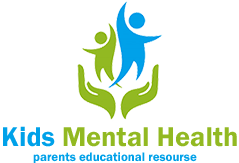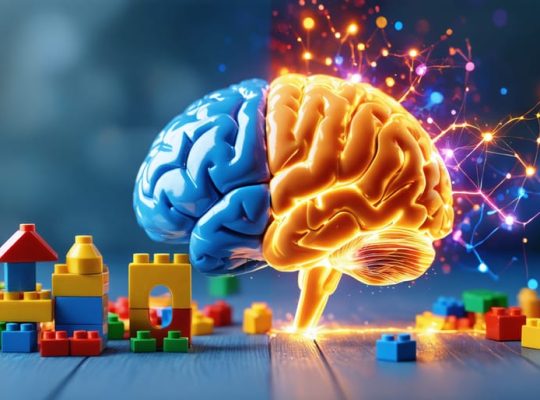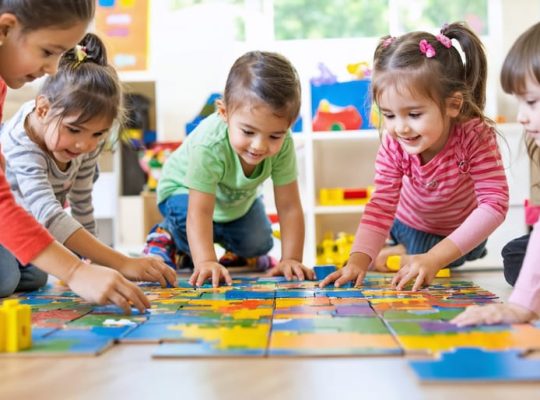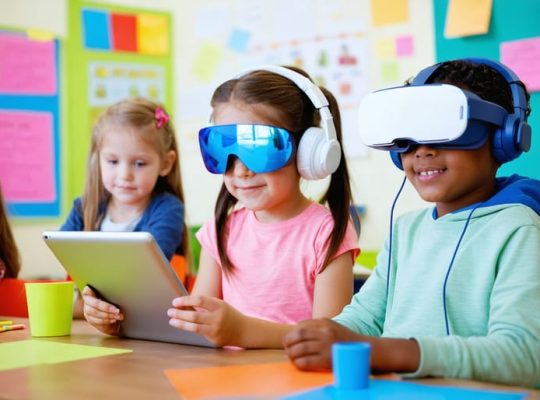How Brain Science Reveals the Magic Behind Your Child’s Play
When your child builds with blocks or creates imaginative stories during playtime, they’re not just having fun – they’re actively participating in a fascinating intersection of psychology and neuroscience. Every playful moment rewires your child’s brain, creating new neural pathways that shape their emotional, cognitive, and social development.
The relationship between psychology and neuroscience is like two sides of the same coin – while psychology helps us understand behavior and mental processes, …










